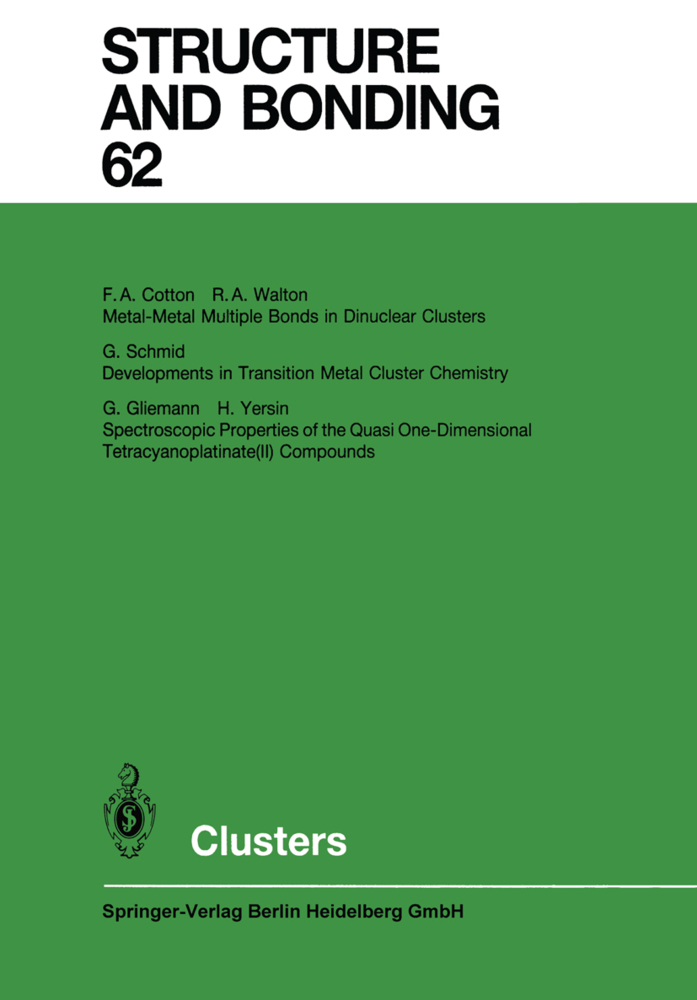Molecular Networks
Molecular Networks
In the future, many modern materials will be increasingly based on the assembly of preformed molecular entities. Their structural characteristics and functional prop- ties will be programmed at the molecular level and their formation as a completed entity will be achieved by self-assembly processes. This in essence is a bottom-up approach and its success will require a deep understanding not only of the chemistry of intermolecular interactions and associations but also of self-assembly processes in the condensed phase. Among various interesting innovations brought about by the development of supramolecular chemistry, supramolecular synthesis is a part- ularly powerful approach for the design and generation of molecular architectures displaying both structural and functional complexity. The combination of mol- ular synthesis (which allows chemists to design and prepare extremely sophis- cated biotic and abiotic molecules through the interconnection of atoms or group of atoms by strong covalent bonds) and supramolecular synthesis (which orch- trates the association of molecules by recognition processes through the use of weak and reversible interactions) opens up endless structural and functional possibilities. Following the perceptive observation by Dunitz that A crystal is, in a sense, the supramolecule par excellence , molecular crystals may be seen as in?nite periodic architectures resulting from the interconnection of building blocks or tectons ca- ble of self-assembling through speci?c recognising events.
Satoru Shimomura, Sareeya Bureekaew, and Susumu Kitagawa: Porous Coordination Polymers Towards Gas Technology
Gérard Férey: The Long Story and the Brilliant Future of Crystallized Porous Solids
Junhua Jia, Peter Hubberstey, Neil R. Champness, and Martin Schröder: Supramolecular Chemistry of 4,4 -Bipyridine-N, N -dioxide in Transition Metal Complexes: A Rich Diversity of Co-ordinate, Hydrogen-Bond and Aromatic Stacking Interactions.
Michael D. Ward: Charge-Assisted Hydrogen-Bonded Networks
Dario Braga, Fabrizia Grepioni, Lucia Maini, Marco Polito: Crystal Polymorphism and Multiple Crystal FormsSatoru Shimomura, Sareeya Bureekaew, and Susumu Kitagawa: Porous Coordination Polymers Towards Gas Technology
Gérard Férey: The Long Story and the Brilliant Future of Crystallized Porous Solids
Junhua Jia, Peter Hubberstey, Neil R. Champness, and Martin Schröder: Supramolecular Chemistry of 4,4 -Bipyridine-N, N -dioxide in Transition Metal Complexes: A Rich Diversity of Co-ordinate, Hydrogen-Bond and Aromatic Stacking Interactions.
Hosseini, Mir Wais
| ISBN | 978-3-642-01366-9 |
|---|---|
| Artikelnummer | 9783642013669 |
| Medientyp | Buch |
| Copyrightjahr | 2009 |
| Verlag | Springer, Berlin |
| Umfang | XI, 165 Seiten |
| Abbildungen | XI, 165 p. |
| Sprache | Englisch |











